detail profile jaime ch c3 a1varri
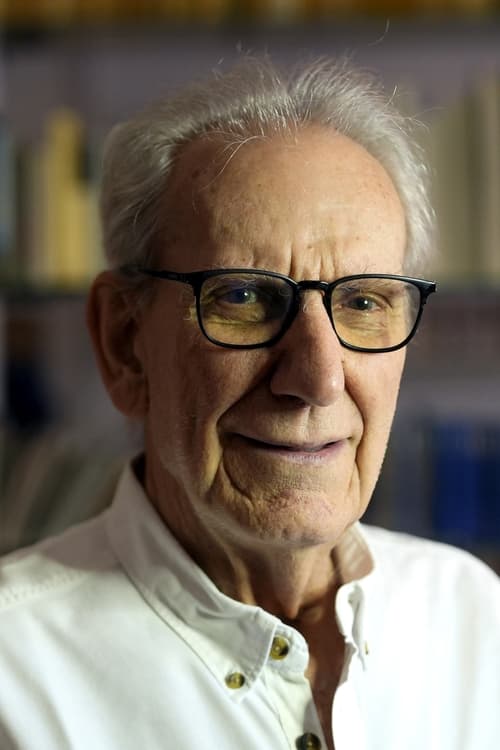
Jaime Chávarri
Jaime Chavarri
atau dikenal sebagai
Riwayat Hidup
Spanish film director born in Madrid.
Graduated in Law, he never practiced as a lawyer.
He later studied for two years at the Escuela Oficial de Cinematografía and worked as a film critic for the magazine Film Ideal while making several short films in super-8.
His first solo feature film was Los viajes escolares (1974).
In 1976 he released El desencanto, a biographical documentary about the poet Leopoldo Panero.
The film was awarded the Best Film Award by the Círculo de Escritores Cinematográficos.
A un dios desconocido (1977) starred Héctor Alterio and its script was written by Elías Querejeta.
It was followed by Dedicatoria (1980) and Bearn o la sala de las muñecas (1983), starring Fernando Rey, Imanol Arias and Ángela Molina.
One of his most recognized works is Las bicicletas son para el verano (1984), based on a play by Fernando Fernán Gómez.
The film, starring Agustín González, Victoria Abril, Marisa Paredes and Gabino Diego, is set during the Spanish Civil War.
El río de oro (1986) stars Ángela Molina.
It is followed by Las cosas del querer (1989), in whose script Fernando Colomo participated.
Tierno verano de lujurias y azoteas (1992) is a comedy starring Gabino Diego, Marisa Paredes and Imanol Arias.
In 1994 he directed the sequel to Las cosas del querer with the same actors.
A year later he released Gran Slalom (1996), with a script by Rafael Azcona.
The film stars Juanjo Puigcorbé and Pilar Bardem, among others.
The following year he directed a Spanish-Argentine co-production entitled Sus ojos se cerraron y el mundo sigue andando (1997).
In 2002 he directed Besos para todos, starring Emma Suárez and Eloy Azorín and in 2004 El año del diluvio, an adaptation of the novel by Eduardo Mendoza.
His latest feature film was Camarón (2005), for which he co-wrote the script with Álvaro del Amo.
The film is based on the biography of the flamenco singer José Monje Cruz, Camarón de la Isla, who is given life by the actor Óscar Jaenada in a splendid characterization.
The film won three Goya awards for Best Costume Design, Best Makeup and Hairstyling and Best Leading Actor.
Info Pribadi
Peran Yang Di Mainkan Jaime Chávarri
 How does the vision of the...
How does the vision of the...Berlanga!! 2021
How does the vision of the brilliant Spanish filmmaker Luis García Berlanga (1921-2010) remain relevant in a time whose popular culture has little to do with his own? Since to understand the secrets of an artist it is essential to know the person behind, his family, his friends, his collaborators, as well as prestigious filmmakers and actors trace a collective portrait of a creator as singular as he is universal.
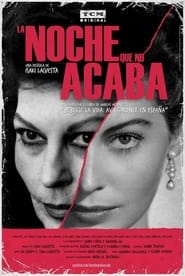 Like so many other actors Ava...
Like so many other actors Ava...All Night Long 2010
Like so many other actors, Ava Gardner hated to watch her films. She said that the woman on the screen wasn't her. But all films tell two stories: the plot and the tale of the bodies filmed. This film narrates what happened between two images: a first shot of 'Pandora' and a first shot of 'Harem', the first and last movie filmed by the actress in Spain. Ava must certainly have thought that neither of these two women had anything in common with herself.
 Three students are sent by their...
Three students are sent by their...Kisses for Everyone 2000
Three students are sent by their families to Cadiz in 1965, his last chance to pass and become what is expected of them. The appearance of some dancers disrupts their commitments: boys lose the course and girls, their work. But together they learn to decide their future.
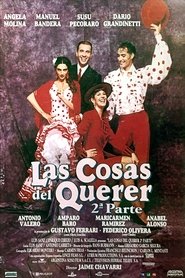 On the way to his exile...
On the way to his exile...The Things of Love: Part 2 1995
On the way to his exile in Lisbon, Mario meets Silvia, a widow who turns out to be one of his admirers. Silvia has inherited a fortune, leading Mario to resume his career, eventually falling for him. Although Mario has relations with her, he makes it clear that will never fall in love. In Madrid, Juan Pepita and resume their relationship, and because of this the jilted Nena John Colman murders before Pepita, after being arrested. Pepita accepts a contract in Argentina, reunited with Mario. There he meets Tulio, who after starting a relationship with singer eventually ask marriage.
 In 1940s Madrid Juan plays piano...
In 1940s Madrid Juan plays piano...The Things of Love 1989
In 1940's Madrid. Juan plays piano for Pepita and her on-stage partner Mario. Although Mario really wants to steal Juan for himself, Juan is not interested and Mario resorts to a string of lovers as consolation. When he loves (and leaves) a young nobleman, the young man wants revenge.
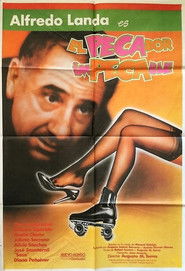 Honorio Sigenza is a man in...
Honorio Sigenza is a man in...The Impeccable Sinner 1987
Honorio Sigüenza is a man in his forties who has always lived under the yoke of his possessive mother. When his mother dies, he undergoes a radical transformation that will lead him to live numerous love affairs in the face of the disapproval of his cousin Veni, who wanted to marry him.
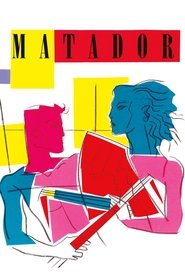 A conflicted youth confesses to crimes...
A conflicted youth confesses to crimes...Matador 1986
A conflicted youth confesses to crimes he didn't commit while a man and woman aroused by death become obsessed with each other.
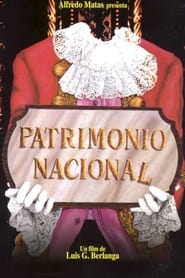 After the death of General Franco...
After the death of General Franco...National Heritage 1981
After the death of General Franco, the Leguineche family leaves their estate of Los Tejadillos, where they have remained for decades in voluntary exile, with the purpose of returning to Madrid to actively participate in the social events of the aristocracy and to get closer to the closest circle of the Spanish monarch. The obsession of the old marquis is centered on getting in touch with the most illustrious surnames, to ascend socially and to resume the pomp and courtly life that his family lost a long time ago. To this end, he decides to move into an old palace he owns, located in the center of the capital, but not before overcoming the difficulties posed by his wife, who deeply hates both her husband and her son. To regain control of the palace, the Marquis of Leguineche tries to handicap his wife, arguing an incurable mental illness, and then undertake a reform of the place in order to adapt it to aristocratic life.
 In 1940 in the immediate aftermath of...
In 1940 in the immediate aftermath of...The Spirit of the Beehive 1973
In 1940, in the immediate aftermath of the Spanish Civil War, a young girl living on the Castilian plain is haunted after attending a screening of James Whale's 1931 film Frankenstein and hearing from her sister that the monster is not dead, instead existing as a spirit inhabiting a nearby barn.
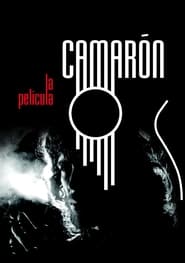 The life of Camarn de la...
The life of Camarn de la...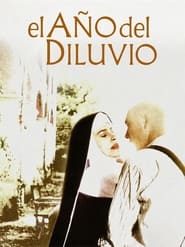 In a particularly hot summer Sister...
In a particularly hot summer Sister... A youngster recently arrived to Spain...
A youngster recently arrived to Spain... A henpecked housewife ekes out a...
A henpecked housewife ekes out a...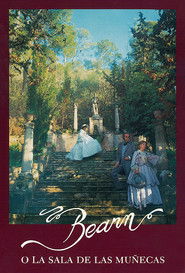 Mallorca 1865 Mr Bearns funerals better to...
Mallorca 1865 Mr Bearns funerals better to...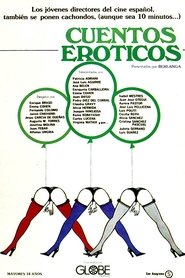 A set of nine stories whose...
A set of nine stories whose... Jos a fiftyyearold homosexual magician feels...
Jos a fiftyyearold homosexual magician feels... The young but traveled Ana arrives...
The young but traveled Ana arrives...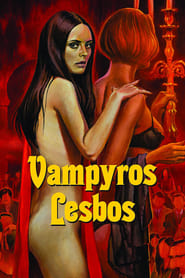 An erotic horror tale about a...
An erotic horror tale about a...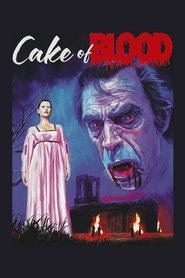 Four part anthology horror film with...
Four part anthology horror film with...